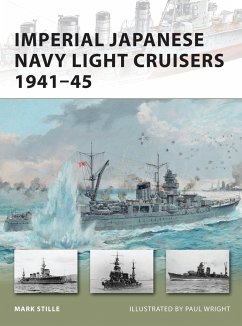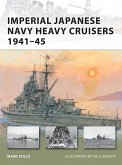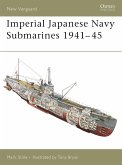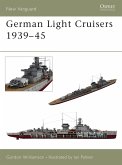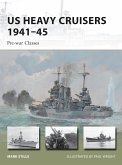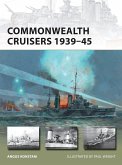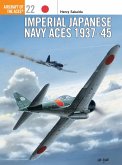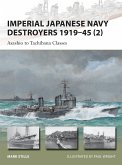Like their heavy cruiser brethren, the light cruisers built by the Imperial Japanese Navy in the build-up to WWII paid little more than lip service to the international naval treaties that were intended to keep the naval powers on a level playing field. The eight classes of light cruiser developed by the IJN were fast, well-armed, and technologically superior to the fleets the Allied powers could bring to bear. Serving with distinction across the Pacific Theatre, the IJN's light cruisers were committed to such actions as Midway and Leyte Gulf. Mark Stille continues Osprey's coverage of the IJN of WWII, with this concise and complete study of all 25 ships of the 8 light cruisers classes, from their design and development through to their ultimate fates. Detailed Osprey artwork and rare period photographs from the Fukui collection held in Kure, Japan, illustrate this discussion and provide great visual references for some of the most advanced naval vessels of WWII.
The Imperial Japanese Navy went to war with 17 light cruisers and another three cruiser-sized training ships. Of these, most were 5,500-ton ships designed to act as destroyer squadron flagships. This made them much different in capabilities and mission from their American counterparts. During the war, the Japanese built another five light cruisers, all but one of which maintained the design premise of being able to serve as destroyer squadron flagships. During the war, Japanese light cruisers were active throughout the Pacific performing many missions in addition to their flagship duties. Mark Stille continues Osprey's coverage of the IJN of WWII with this concise and complete study of all 25 ships, from their design and development to their ultimate fates. Detailed Osprey artwork and rare period photographs from the Fukui collection held in Kure, Japan illustrate this discussion.
The Imperial Japanese Navy went to war with 17 light cruisers and another three cruiser-sized training ships. Of these, most were 5,500-ton ships designed to act as destroyer squadron flagships. This made them much different in capabilities and mission from their American counterparts. During the war, the Japanese built another five light cruisers, all but one of which maintained the design premise of being able to serve as destroyer squadron flagships. During the war, Japanese light cruisers were active throughout the Pacific performing many missions in addition to their flagship duties. Mark Stille continues Osprey's coverage of the IJN of WWII with this concise and complete study of all 25 ships, from their design and development to their ultimate fates. Detailed Osprey artwork and rare period photographs from the Fukui collection held in Kure, Japan illustrate this discussion.

